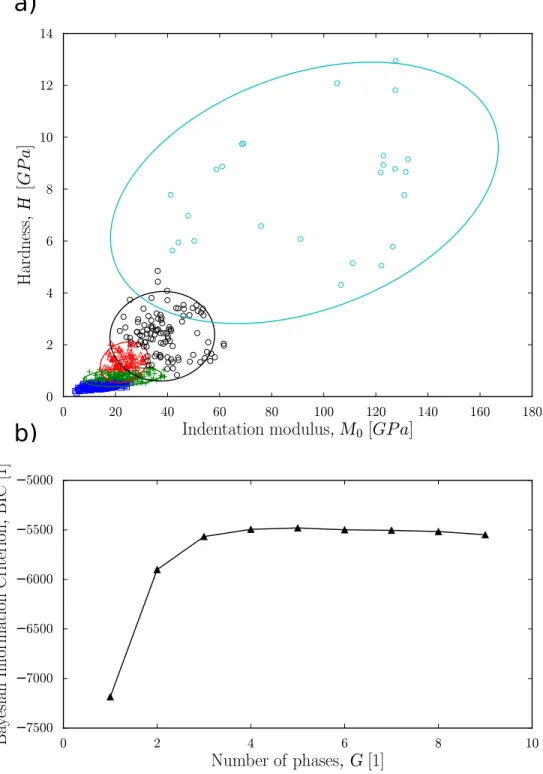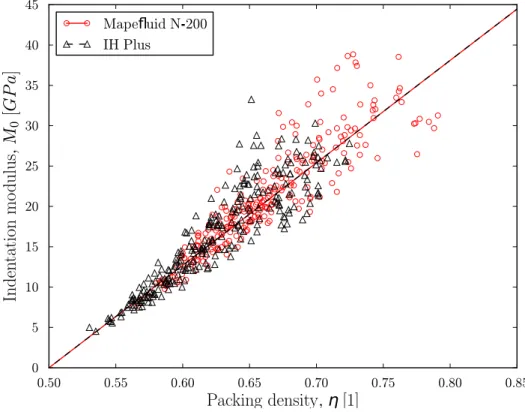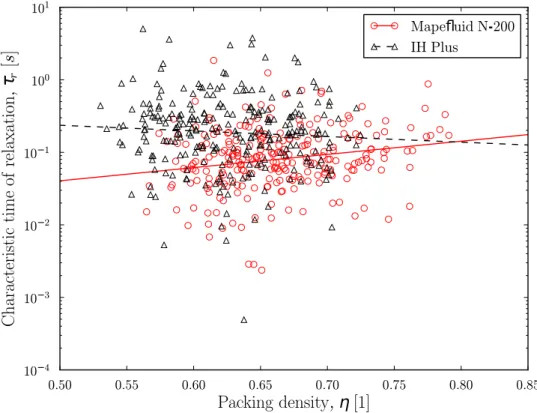Nanoindentation relaxation study and micromechanics of Cement-Based Materials
Texte intégral
Figure
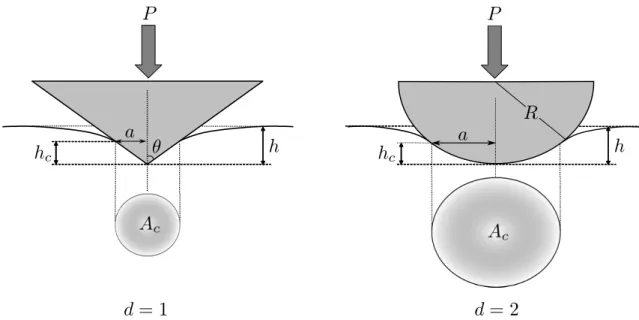
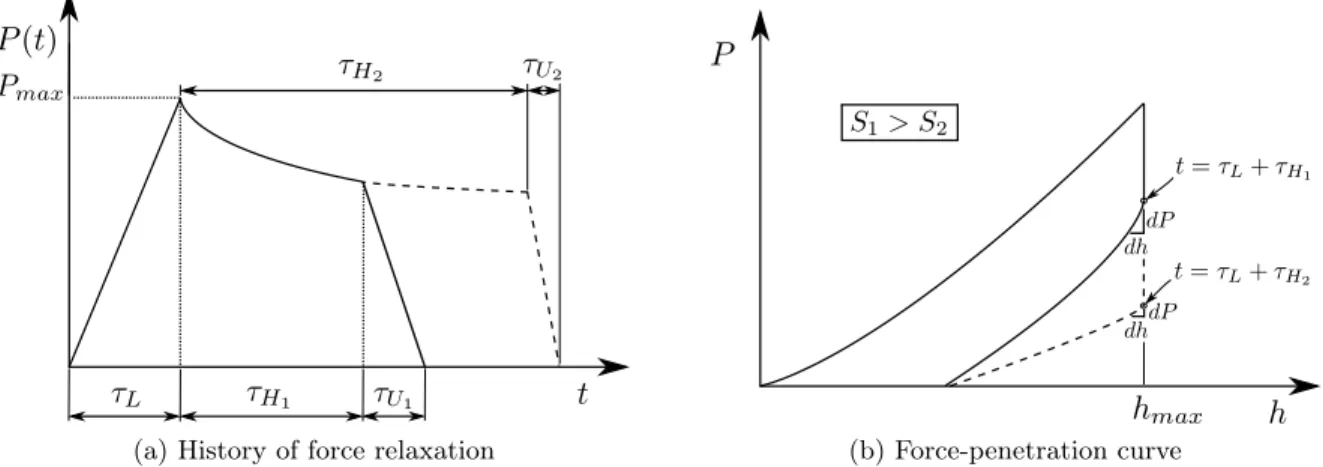

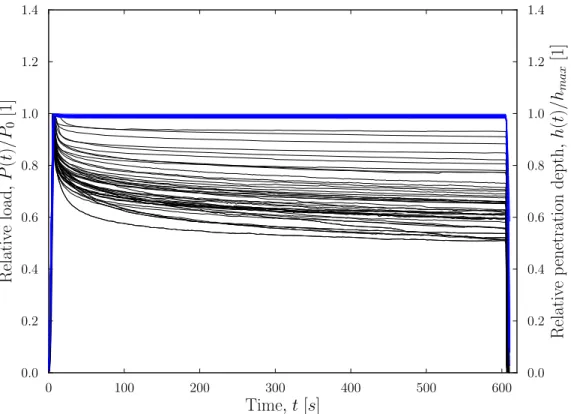
Documents relatifs
After a short description of the mechanisms involved in the degradation of cement paste, we present a reactive transport calculation in 3D-cylindrical geometry in
The present work presents the computation of the gradient using the direct differentiation method in the case of a elastic indentation problem and its application to evaluate
circular cone with base radius R and altitude H about its
6 Averaged waveform changes in the treated and non- treated eyes and the inter-ocular comparison for two monkeys (G9 left panels; G8 right panels) obtained with 99% contrast
[r]
F. HARTMANN-BOUTRON Laboratoire de Spectrometrie Physique U. — Nous présentons ici quelques résultats récents relatifs au traitement de la relaxa- tion par des méthodes
- Angular dependence of the proton Zeeman spin- lattice relaxation rate in the various smectic phases of TBBA as obtained on cooling the sample from the
The calculated SEDM lineshape using the superoperator formalism and assuming this spin flip relaxation mechanism shows a peak at this position for a rela- xation time of te =

